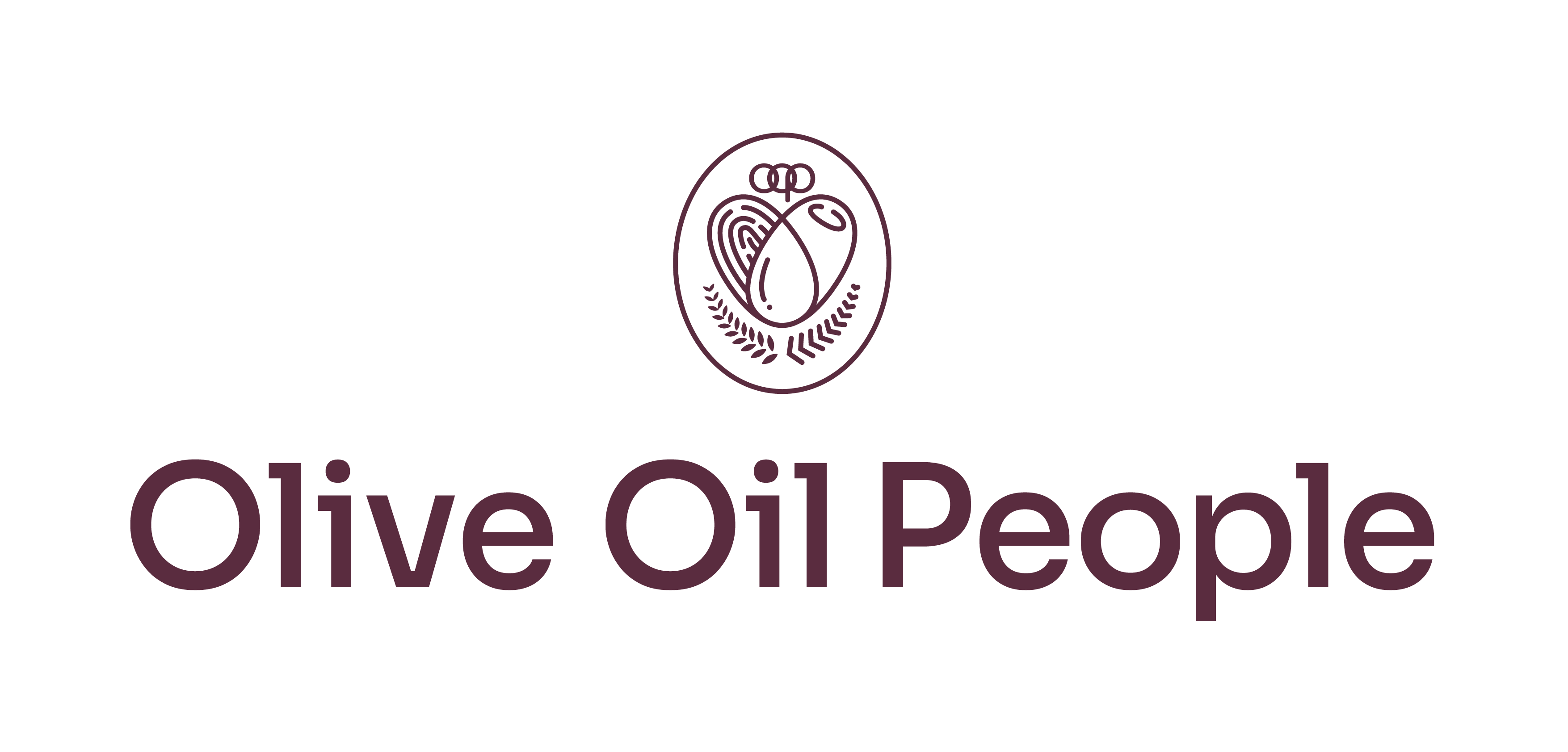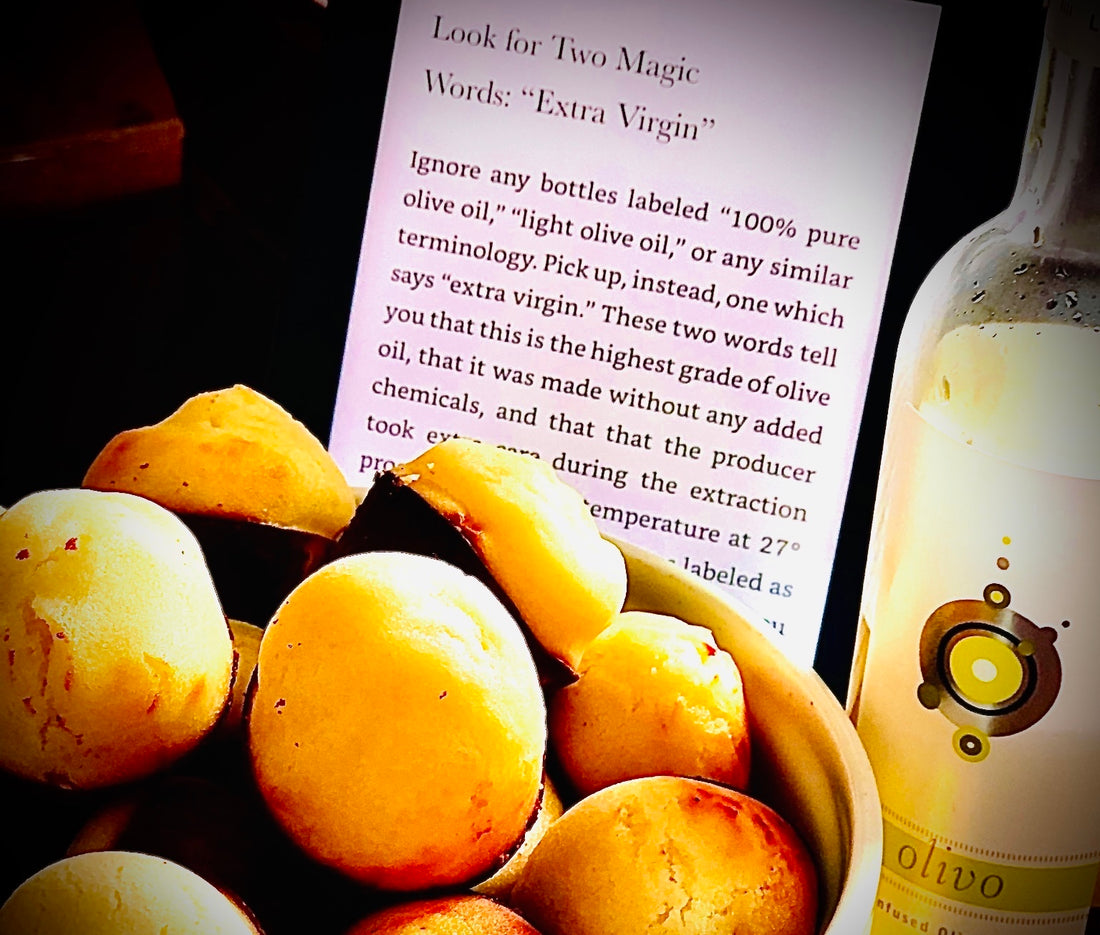
Extra virgin, cold-pressed, early-harvest and the myriad of label information
It is not uncommon for us to see shoppers at grocery stores looking slightly overwhelmed at the olive oil shelves, shopping list in-hand trying to get through the essential errand for the day. If this sounds familiar, we hope this article will help you get through your shopping list quicker on your next trip for groceries.
Last Updated: 10 March 2021 | Buying Guide
Extra Virgin
The first and most important step when scanning the shelves is to look for the words “extra virgin”. Olive oil is graded is three broad categories - Extra virgin, virgin and lampante (which you should never find on any food labels as it is not fit for human consumption but apparently in Roman times were great for lighting lamps!). So this brings us to the more relevant question of the difference between extra virgin and virgin. While not wanting to drag you through the full technical details, there are a couple of basics we think would be helpful to know. Chiefly, virgin olive oil may be the only food product that can only be graded when it has gone through both chemical and sensorial analysis, and not just one or the other.
Chemically, there are several test parameters that are required for member countries of the International Olive Council (IOC). These parameters are essential to test for things such as level of fermentation, oxidation, purity and polyphenol content (the healthy good stuff in olive oil). The most commonly observed parameters are low levels of free fatty acid (FFA) and peroxide value, which you can sometimes find on the back labels of bottles, however in most cases, an official certification sticker or stamp for extra virgin olive oil checks all the boxes. For those of us who love to deep-dive, check-out the infographic below summarising key parameters for extra virgin olive oil certifications according to the IOC and Olives New Zealand.

Sensorially, IOC certified panel of tasters look for another whole spectrum of sensory parameters. Primarily to look for the presence of fruity aroma and absence of defects. Olive oil can only be graded as virgin when it is fruity. Fruitiness ranges widely in both intensity and aromas, and can be reminiscent of plants, leaves, vegetables, florals, fruits etc. So it is not uncommon to find notes of fresh grass, citruses, green tomatoes, artichokes and even green bananas and mulberry! Zero defects must be detected in the case of extra virgin and the virgin grade may contain some mild defects. Taste defects are sensorially perceptible elements that may be due to certain incidences at the farming or production phases. For example, the taste defect of wet wood is due to olive fruits that were exposed to frost while they are still on the trees.

Cold-pressed
This is a largely obsolete term along with “first-pressed” or “first cold-pressed” and are increasingly rare on labels, as all true extra virgin olive oil today is made from fresh olives centrifuged at low temperatures. While sadly, rendering the donkey-pulled millstones a thing of the more romantic past, technological advancements have improved overall quality and consistency attributed to a faster and more continuous process from harvest to bottling as compared to traditional methods.
Early-harvest
First off, all olives are green when they are not ripe and dark brown to almost black when they are ripe. Olives can be picked green, ripe or veraison (mixture of green and ripe). Olives that are picked early in the harvest season produce oils that are “greenly-fruity” reminiscent of leaves, stems, grass, green banana skin, unriped almonds, tomato plants, vine leaves and the likes, generally more herbaceous and plant-like. Conversely, olives that are picked when they are riper, produce oils that are “ripely-fruity” reminiscent of ripened tomatoes, bananas, fruit compote and the likes, and typical of oil milled from mature olives, tend to taste more delicate, somewhat creamy and “sweeter”.
For both green and ripe olives, intensity and variations of aroma also largely depends on the varietal of olives. For example, a high quality Koroneiki varietal extra virgin oil should taste fresh, green and very clean, sometimes reminiscent of green apples or in a Barnea varietal extra virgin oil we expect grassy and citrus-like attributes.
Early-harvest, therefore does not indicate higher quality as compared to labels that are silent on this point. Rather it is mostly a matter of taste profile.
Beyond the label
So the next time you’re out for groceries working your way through the shopping list, think of olive oil as a fresh ingredient that enhances your meals whatever you’re making. In our experience, these four rules of thumb allow us to enjoy the benefits of extra virgin olive oil regardless of labels:
Buy from people who care | buy from grocers who care about their relationship with the growers; buy from growers, where possible. Taste before buying, if you can.
Have a variety on-hand | Open two different types of taste profiles. For example an intense, grassy and versatile Olivo Estate that works well with most cooked dishes involving fish, chicken, legumes and a softer, peppery Olivo Tuscan Estate drizzling over salads and pastas.
Use often | like any fresh product, extra virgin olive oil will lose its best tasting and nutritional properties as time and photo-oxidation sets in. Use up within 3 months once opened. Buy the right sizes for your consumption patterns. A 250ml bottle gets you about 17 tablespoons and 500ml gets you 33 tablespoons. The landmark study PREDIMED found about about 4 tablespoons per day with a Mediterranean diet reduces risk of cardiovascular diseases in high-risk individuals.
Store well | extra virgin olive oil is sensitive to light, oxygen and heat. Wine cellar/fridge temperature of 15-20 Celsius is ideal but storing in cool, dry and dark cupboard would do too. Make sure to replace bottle stopper after each use.
Footnotes
International Olive Council is an intergovernmental organization of states that produce olives or products derived from olives, such as olive oil. https://www.internationaloliveoil.org/olive-world/olive-oil/
Olives New Zealand was formally established in 1996 to create the environment for the New Zealand Olive industry to produce premium quality Extra Virgin Olive Oil and olive products, and to market them successfully nationally and internationally. Certification is based on or above IOC standards. https://www.olivesnz.org.nz/certification-the-olive-mark/
PREDIMED (Prevención con Dieta Mediterránea (Prevention with Mediterranean Diet)) was a large Spanish primary prevention trial which included 7,447 Spanish participants (55–80 years, 58% women) who were at high risk for cardiovascular disease, but otherwise healthy (initially free of cardiovascular disease). Despite a retraction and republication in 2018, results did not change significantly and to date, remains the largest dietary intervention trial to assess the effects of the Mediterranean diet on cardiovascular disease prevention. https://www.hsph.harvard.edu/nutritionsource/2018/06/22/predimed-retraction-republication/

